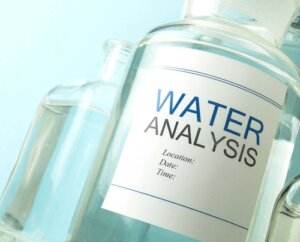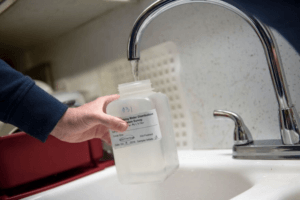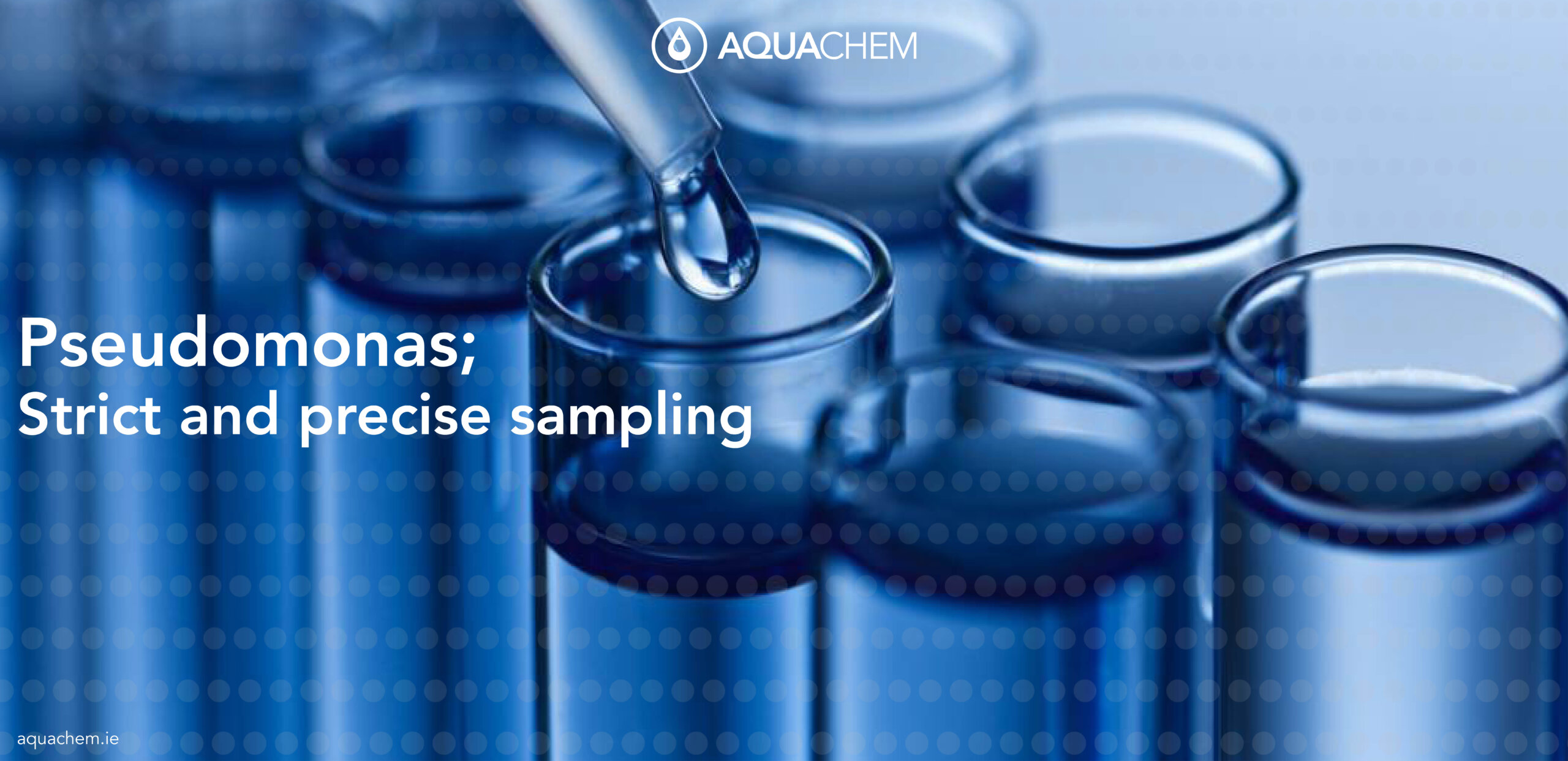Pseudomonas aeruginosa lives in the environment and can be spread to people in healthcare settings when they are exposed to water or soil that is contaminated with these germs. They get into water systems in low numbers, and when they start to grow they can become a serious issue.
Healthy people are usually at low risk of infection, however people who already have a weakened immune system, because of another illness or condition, are at a higher risk of infection. This is especially true for people who are hospitalized for an extended period of time.
It is important to detect these bacteria at an early stage to stop it from spreading, this is why regular testing and monitoring should be carried out.
Where to sample
P.aeruginosa is usually presented in biofilms, which are found on plumbing materials in the water system and in most cases, P.aeruginosa will be concentrated within 2 metres of the point of water delivery at the outlets.
The water outlets to be sampled should be those that supply water with direct contact to patients, used to wash staff hands or used to clean equipment that will have contact with patients as determined by local risk assessment.

Strict and precise sampling
Samples should be carefully labelled such that the outlet can be clearly identified; diagrammatic. Sampling should be undertaken by staff trained in the appropriate technique for taking water samples, particularly in the method outlined in this guidance, which may differ from the collection of water samples for other purposes, e.g. for sampling Legionella, and the use of aseptic technique to avoid extraneous contamination.
While most bacteria are trapped within a biofilm, the biofilm will constantly generate bacteria that are released as free-floating individual cells (planktonic forms), and parts of the biofilm may slough off in clumps. The concentration of these planktonic bacteria will build up over time.
It is essential to maximise the recovery of these free-floating planktonic bacteria that cause infection; therefore, water samples should be taken:
- during a period of, preferably, no use (at least 2 hours or preferably longer); or
- low use.
The same water outlet can give very different results if sampled at times of normal use and may be negative if water from the tap has been used before a sample is collected.
- The first water to be delivered from the outlet (pre-flush sample) should be collected to assess the microbial contamination in the outlet.
- If water flows over a biofilm containing P. aeruginosa located at or near the outlet, planktonic bacteria arising from that biofilm will be diluted and a subsequent sample will give low bacterial counts. If contamination is upstream in the system, this will not affect bacterial counts.
- The sample obtained after allowing water to flow from an outlet is referred to as a “post-flush” sample
- Comparison of counts from pre- and post-flush samples can help locate the source of the P. aeruginosa. If a pre-flush sample gives a high count, subsequent paired pre- and post-flush samples should be tested to help locate the source of the contamination.
- In order to be able to carry out the appropriate microbiological examinations on a sample and provide a meaningful interpretation of test results, it is essential that samples are collected in the correct manner using the correct equipment and that the sampling protocol

Devices fitted to, or close to, the tap outlet (for example flow straighteners) may exacerbate the problem by providing the nutrients which support microbial growth, providing a surface area for oxygenation of water and leaching nutrients. The source, therefore, could be:
- the incoming water supply from the water provider;
- the water supply within the building (both from the storage and distribution system), usually within biofilms;
- the waste-water system (see Breathnach et al. 2012); or
- via external contamination from:
– clinical areas – outlet users
– poor hygiene or processes during cleaning
– splashback from contaminated drains.
Building and facilities staff should ensure accurate records and drawings/diagrams showing the layout and operational manuals of the whole water system are available. These staff should have received adequate training and be fully aware of the extent of their responsibilities.
With the change in focus towards improving the patient environment and minimising the risk of healthcare-associated infections, there has been an increase in the provision of single-bed rooms with en-suite facilities. Additionally, to promote good hand hygiene, wash-hand basin provision has increased significantly in all clinical areas. However, in many situations this has led to underused water outlets and low water throughput. Such outlets form a greater risk of contamination by P. aeruginosa
Conclusion
With its impressive resourcefulness, ability to develop resistance to multiple antibiotics, and alarming virulence among the immunosuppressed, nosocomial P. aeruginosa infections have been a problem for a long time. However, it is only relatively recently that we have truly begun to understand the crucial role that our hospital water systems play in the transmission of this opportunistic waterborne pathogen.
Preventing the growth of pseudomonas species, and legionella bacteria, within water systems requires similar and relatively straightforward procedures, however they must be adhered to at all times from a responsible person who know the protocol.







